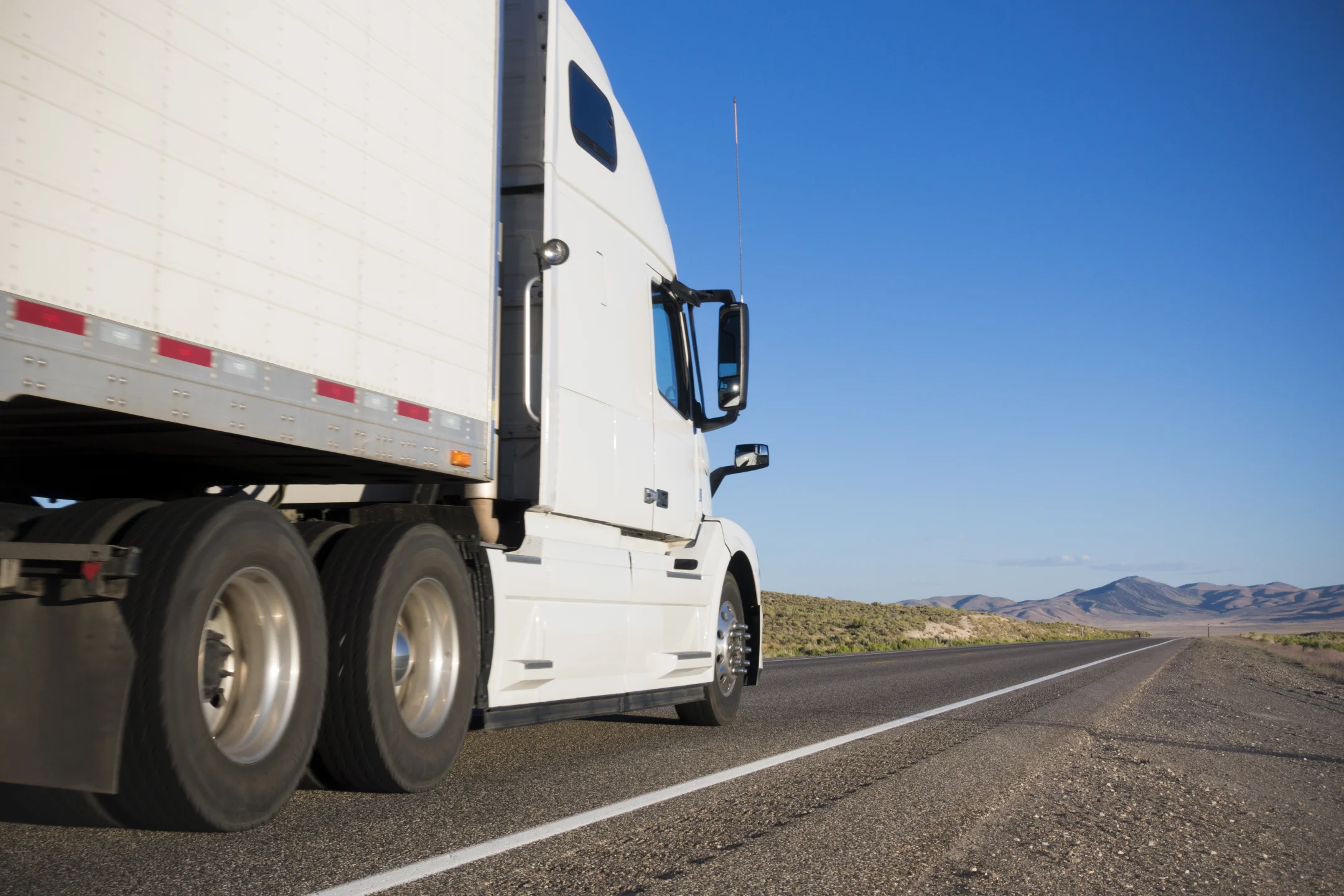
Last Updated May 26, 2022 (on March 7, 2022, CCMTA announced that full enforcement of the Canadian ELD mandate is postponed to January 2023)
The highly-anticipated Canadian ELD mandate officially has a launch date. On June 13, 2019, Canadian Minister of Transport Marc Garneau announced that the ELD mandate—which will require commercial motor vehicle operators and bus drivers to use electronic devices to log Hours of Service—will go into effect in Canada on June 12, 2021.
In its latest announcement on March 7, 2022, the Canadian Council of Motor Transport Administrators (CCMTA) confirmed that full enforcement of the Canadian ELD mandate is delayed to January 1, 2023.
To make sure your fleet is prepared ahead of the compliance date, we’ve put together a guide that breaks down the CCMTA's ELD rule, what it means for the Canadian trucking industry, and how it differs from the US mandate.
What is the Canadian ELD mandate?
The Canadian ELD mandate or technical standard—much like the Federal Motor Carrier Safety Administration's (FMCSA) United States ELD mandate—will require commercial vehicles to capture Hours of Service with an electronic logging device or ELD instead of manually recording hours in paper logs. The ELD mandate was passed as a way to ensure that drivers have a safe work environment and to create an easier system to track and manage records of duty status (RODS). The ELD mandate aims to increase road safety by annually avoiding thousands of crashes, saving lives by reducing driver fatigue, and saving billions of dollars in paperwork expenses. According to the Canada Gazette, the total benefits are estimated to have a present value of over $380 million, with an annualized value of nearly $55 million.
How will the Canadian rule differ from the U.S. mandate?
Perhaps one of the biggest questions that's surfaced since the new Canadian ELD mandate's announcement is how Canada's version of the mandate will compare to the more established one south of its border. Here’s a look at what we know so far.
Personal conveyance
One major difference between the Canada ELD mandate and the U.S. mandate is how personal conveyance hours will be accounted for.
Personal conveyance refers to a special driving time status that a driver can claim when they’re operating a company vehicle for non-work purposes. A common example of this is the mileage a driver clocks when he drives from his motel or another place of lodging to a restaurant for dinner. Although the United States has personal conveyance or personal commands, there are no limitations on distance or time. Canada, on the other hand, has strict limits on distance—75 kilometers or approximately 50 miles. Though this is also included in Canadian Hours of Service and shouldn’t come as anything new, Canadian fleets should be aware that the Canadian ELD will enforce it through automation. That means that once a driver hits his personal conveyance limit, an ELD will force the driver into ‘driving’ status which will be captured as on-duty driving time.
Off-duty status
Another major difference between the Canadian ELD and the U.S. rule is rooted in the country's varying approaches to Hours of Service rules, specifically off-duty time.
In the United States, a driver is required to take a 30-minute rest break after continuously driving for eight hours. Rest breaks can be logged as either off-duty time or can be taken as time in the sleeper berth at a truck stop or other rest area. Canadian Hours of Service regulations, however, allow for a little more flexibility. Truckers in Canada have a 16-hour window to complete work and are required to dedicate two of those hours to off-duty time. That time can be loosely broken up—drivers can either take the complete two hours at one time or can divide it into two single hours or four 30-minute periods.
But the biggest difference between the way the two country’s approach off-duty statuses is that Canada allows drivers to defer unused off-duty time to the next day while the United States strictly requires operators to take the 30-minutes when they reach eight hours. Although Canadian drivers can only defer that time a single day, the ability to defer unused time remains a major difference between the two HOS rulings.
Although Canadian fleets will certainly be familiar with the off-duty time, it’s important to know that this feature will remain intact under the Canadian ELD mandate.
Transferring HOS at roadside
In the United States, Hours of Service are transferred to a data-repository called ERODS (electronic records of duty status) via four different transfer methods like email and wireless web services. ELD providers are required to support a minimum of two of these methods. From this repository, DOT officers can access the information they need for inspections.
In Canada, however, HOS are electronically transferred directly to the officer. Though originally implemented to reduce the pain points of overseeing such a large database like ERODS, this process will extend into the Canadian ELD mandate to further smooth the transition. And because there will be minimal changes, Canada can expect reduced ramp-up time and more streamlined inspections from the get-go.
Third-party certification
Unlike the U.S. ELD mandate's self-certification ELD process, Canada will require third-party certification for all electronic logging devices before they can hit the market. The purpose of this is to streamline certification criteria to limit the number of ELD providers, with the hope of eliminating the circulation of non-compliant ELD devices. It’s possible this additional layer of approval may cause an initial slow down, but the good news is Canadian fleets will be able to rest assured that the ELD they end up using is certified and compliant.
Cross-border consistency
How exactly the Canada ELD mandate will impact cross-border truckers—particularly truckers clocking half a day in the United States before finishing a shift in Canada or vice versa—is yet to be determined but will certainly be accounted for in the mandate. Certain ELDs, like Samsara, include border check features that allow drivers to preview hours in the other country’s ruleset before crossing the borderline. This can help drivers feel in control of their compliance and give them visibility into how their hours are accounted for in the two countries, while helping them understand whether there’s any concern of violation prior to crossing.
Prepare your fleet for the switch
If you’re a Canadian fleet in need of an ELD solution ahead of the mandate’s launch date, Samsara has you covered. Our proven ELD solution—which also includes automated cross-border compliance for Hours of Service—is used by fleets across Canada, and will be compliant with the Canadian ELD mandate prior to the official enforcement date. Our ELD is purpose-built from scratch and is part of an integrated solution for compliance and connected operations—including GPS tracking, dispatch, dash cams, and more.
If you’re interested in learning more about Samsara’s solutions for Canada, reach out for more information today.
















